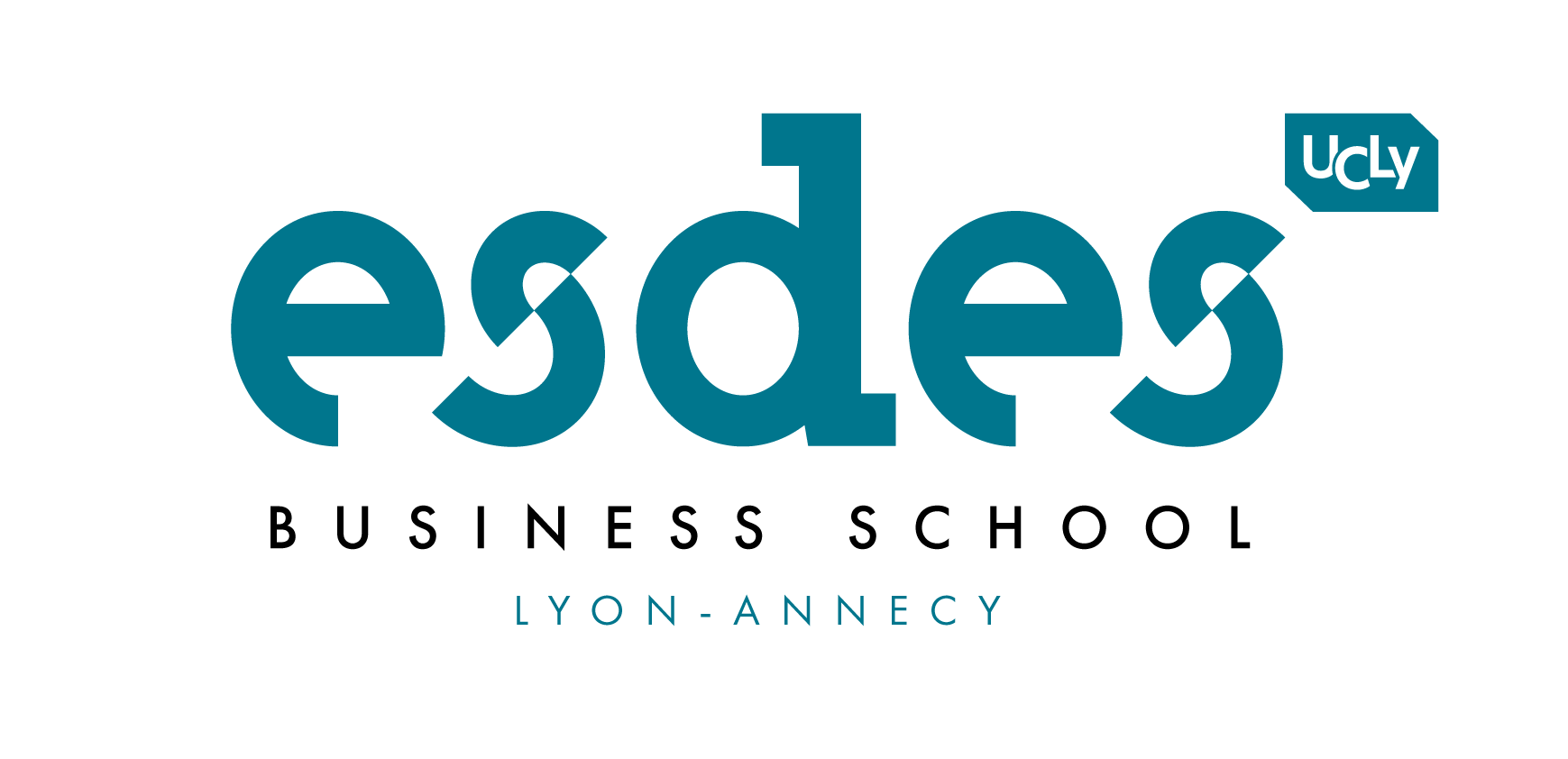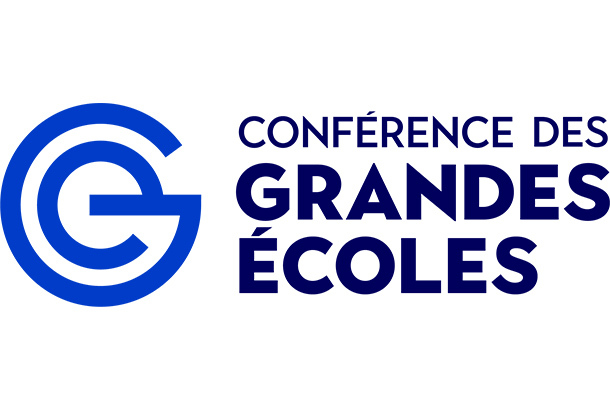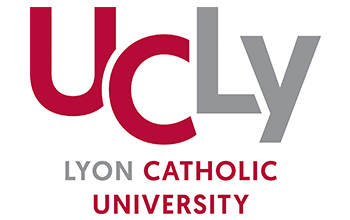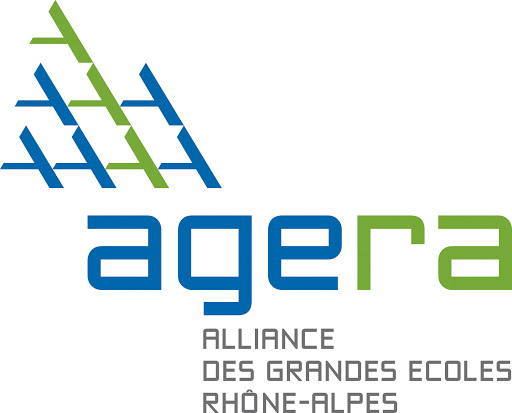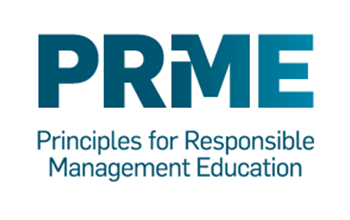- Homepage
- ESDES’s blog
- Research
- Sustainable periodic tourist routing problem
Elham Jelodari Mamaghani
5 min.
25 May 2023
Context
The UK's tour operator industry is currently valued at approximately £15 billion and has experienced a growth rate of 4.4% between 2014 and the present (Whitney, 2019). Tour operators are responsible for creating cost-effective travel itineraries tailored to the preferences of their customers. When planning a trip, tourists typically have multiple points of interest (PoI) they wish to visit, ranging from historical monuments to shopping centers, museums, art galleries, parks, and restaurants. However, time constraints often make it difficult to visit every PoI on their list.
Tourists have different reasons for travelling, such as cultural and heritage value, shopping, or relaxation. This can depend on factors such as age, gender, marital status, income, education, and family composition, as well as destination-related factors like wait times at attractions and weather conditions. As a result, tourists must divide their time between multiple places in a limited period, seeking to maximize the utility of their paid tours.
Various tourist recommendation systems have emerged to address these challenges. Some systems suggest destinations based on the tourist's preferences, while others track the tourist's location to suggest nearby attractions. With customization becoming a recent trend in the travel and hospitality sector, it is increasingly necessary to customize trips for tourists. Although personalization may seem like a burden for brands, research shows that one in five consumers is willing to pay a premium of 20% for personalized products or services, and almost half are willing to wait longer to receive one.
The term "sustainable travel" is vague and carries different meanings for different people. The tourism industry imposes a significant burden on local land usage and can result in soil erosion, heightened pollution, and the loss of natural habitats. These consequences can progressively erode the environmental resources on which the tourism sector itself depends. Despite this, sustainable travel primarily involves booking eco-friendly or environmentally responsible hotels. Nearly 46% of tourists consider this a crucial factor when making travel arrangements. Additionally, many tourists seek to have a more authentic and immersive local experience (34%), reduce their environmental footprint (40%), and feel good about their lodging selection (33%).
The literature on tourist route planning dates back to Butt and Cavalier's 1994 publication on the subject. Since then, other studies have emerged, such as time-dependent tour planning in large urban areas (Abbaspour and Samadzadegan, 2011) and personalized itinerary generation for tourists (Rodriguez et al., 2012). However, to the best of our knowledge, no published study has dealt with generating personalized routes for a group of tourists with diverse preferences while considering constraints such as time, vehicle capacity and green travel problem.
Suggested solution
The aforementioned issues can be addressed through sustainable tourism service routing, which offers services to tourists during different periods. The primary objective of this approach is to schedule visits to PoIs in a manner that maximizes tourist satisfaction, minimization the costs while also considering environmental factors, such as reducing greenhouse gas (GHG) emissions. To achieve this objective, we have developed a mixed-integer mathematical model with three objective functions. Three decision-makers, namely economic, environmental, and human resource experts, collaborate to make decisions and determine the most appropriate solution. The problem is modeled as a simultaneous pickup and delivery problem (at the same time some tourists get off a vehicle and some others take in the vehicle) with soft time windows and various periods for clients to specify their preferences and satisfaction criteria. For small to medium-sized instances, we solve the problem using the ԑ-constraints method. For larger instances, we apply the NSGA-II algorithm with heuristic initial solution.
The instances we consider are based on the Paris metropolitan tourism center data, with the aim of optimizing visits to various Paris attractions by considering the visitors' time windows (the visiting hours of PoIs) and preferred visiting periods (the visiting days) in a time horizon. The following table (Table 1) shows a small size instance.
After testing the model on the small instance in Table 1, the optimal solution is to visit PoI1 on the first day by tourists 1, 2, and 4, and by tourist 3 on the fourth day. PoI2 can be visited by tourists 1 and 2 on day 5, and by tourists 3 and 4 on day 3.
Table 1. Small example to test the proposed model
| Turist # | Possible visiting days | Time window of PoIs | ||
| PoI1 | PoI2 | PoI1 | PoI2 | |
| 1 | 1 or 4 | 5 or 2 | [8h30,16h30] | 24h |
| 2 | 1or 2 | 5 or 1 | [8h30,16h30] | 24h |
| 3 | 3 or 4 | 1 or 3 | [8h30,16h30] | 24h |
| 4 | 1 | 3 | [8h30,16h30] | 24h |
References
- Abbaspour, R. A. and Samadzadegan, F. (2011), ‘Time-dependent personal tour planning and scheduling in metropolises’, Expert Systems with Applications 38(10), 12439–12452.
- Butt, S. E. and Cavalier, T. M. (1994), ‘A heuristic for the multiple tour maximum collection problem’, Computers & Operations Research 21(1), 101–111.
- Rodrıguez, B., Molina, J., Perez, F. and Caballero, R. (2012), ‘Interactive design of personalised tourism routes’, Tourism Management 33(4), 926–940
- Whitney, P. (2019), ‘Sector report: Tour operator industry’, https://www.hallidays.co.uk/ views-and-insight/sector report/tour-operator-industry. [Online; accessed 26-Nov-2019].
